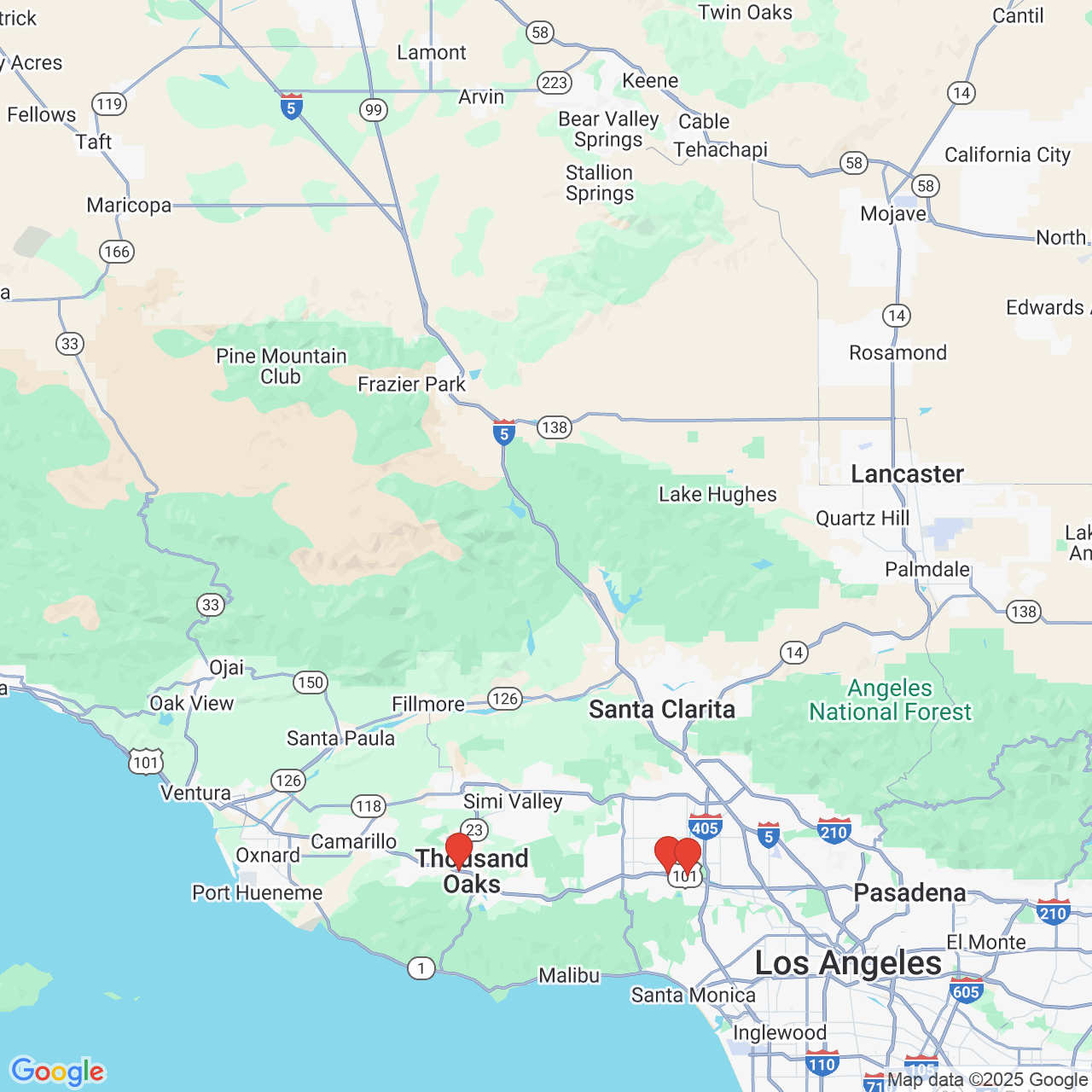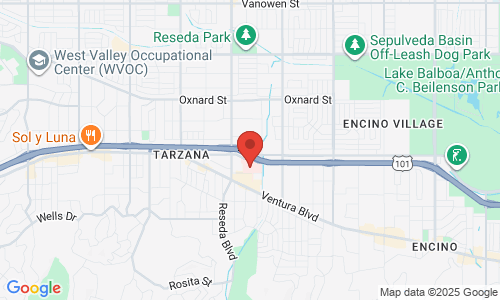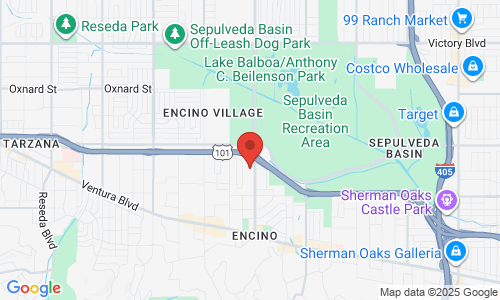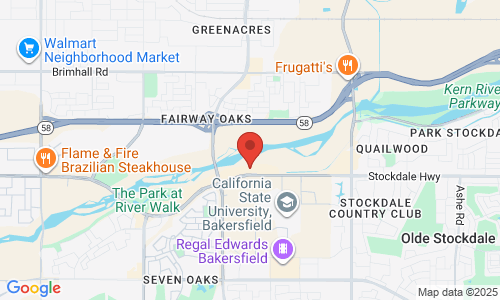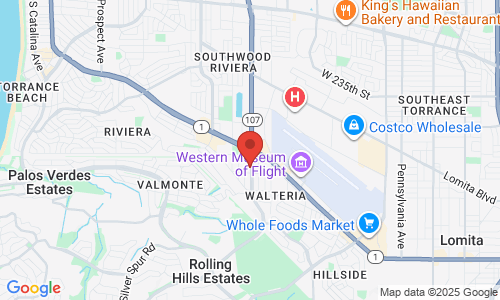What is an ovarian cyst?

At our Los Angeles based fertility practice, the Center for Fertility and Gynecology, we treat patients with a wide variety of fertility conditions. Some of these most common conditions, such as endometriosis, PCOS and diminished ovarian reserve (DOR) are associated with ovarian cysts. While most ovarian cysts are completely benign and will resolve on their own, a few types can be dangerous due to malignancy or size. It is important to know the difference between benign and malignant cysts as well as what treatments, if any, are required.
What is an ovarian cyst?
An ovarian cyst is a general term used to describe an encapsulated collection of fluid and tissue within the ovary. The cells of the cyst wall plus the type of fluid and tissue inside the capsule, determine the nature of the cyst. For example, in a simple or functional cyst, the cyst wall is made of normal ovarian cells and the fluid inside is similar to salt water. Sometimes there are some benign ovarian cells inside which produce estrogen. Simple cysts tend to spontaneously resolve within a month. Sometimes a cycle of birth control pills can expedite their resolution. A different example is a malignant cyst. The cyst wall of a malignant cyst is comprised of abnormal ovarian cells. The wall tends to appear thicker on ultrasound and the fluid inside is often interspersed with solid tissue or septations and calcifications. Another hallmark of malignant cysts is that they tend to grow and will not go away on their own. Ultimately, the only way to know for sure if a cyst is malignant is by surgically removing it.
What is the difference between a cyst and a follicle?
On ultrasound, simple cysts and follicles look exactly the same. The difference is that a follicle has a microscopic oocyte (egg) maturing inside of it, a simple cyst does not. Because they look the same on ultrasound, doctors may need to use other factors to determine the difference. For example, follicles are usually small at the beginning of a menstrual cycle and grow as ovulation approaches. Additionally, the estrogen level increases as a follicle grows in size. Sometimes it can be difficult to distinguish between a follicle and cyst, therefore follow-up ultrasounds are required.
PCOS
PCOS stands for polycystic ovarian syndrome. Although the name implies that there are many cysts within the ovaries, we now know that what was previously believed to be multiple cysts are actually small follicles.
Endometriosis
Endometriosis is a condition where the tissue that normally lines the inside of the uterus (endometrial tissue) migrates into the abdomen. This tissue is responsive to the normal menstrual hormones and therefore secretes mucus and fluid each month. When endometriosis tissue implants on the ovary it can cause a specific type of ovarian cyst called an endometrioma. On ultrasound, endometriomas appear as circular cysts with grey, homogenous “ground glass” appearing fluid inside. Endometriomas do not usually resolve spontaneously and they are not malignant.
Diminished Ovarian Reserve (DOR)
Women with DOR tend to produce cysts because the hormonal interaction between the ovary and brain is unbalanced. This unbalance is due to the diminished state of the ovary. Consequently, the brain sends large amounts of stimulation hormone (FSH) to the ovary at inappropriate times of the cycle. The ovary responds with follicular growth that often stalls leaving cysts in the ovary. These cysts usually resolve within 1-2 months.
If you have questions about ovarian cysts, or reproduction in general, feel free to contact us. One of our specialists would be happy to speak with you.


